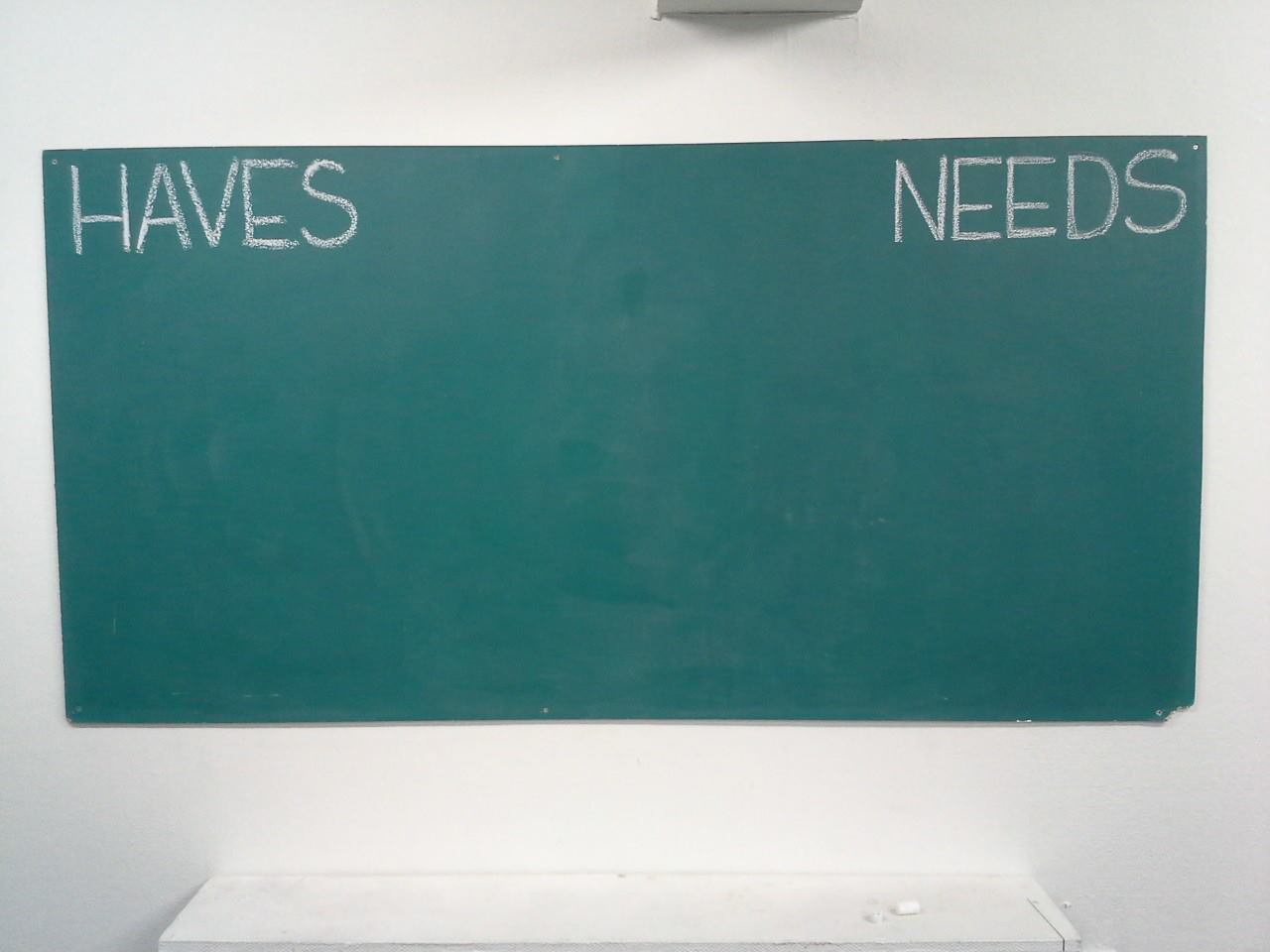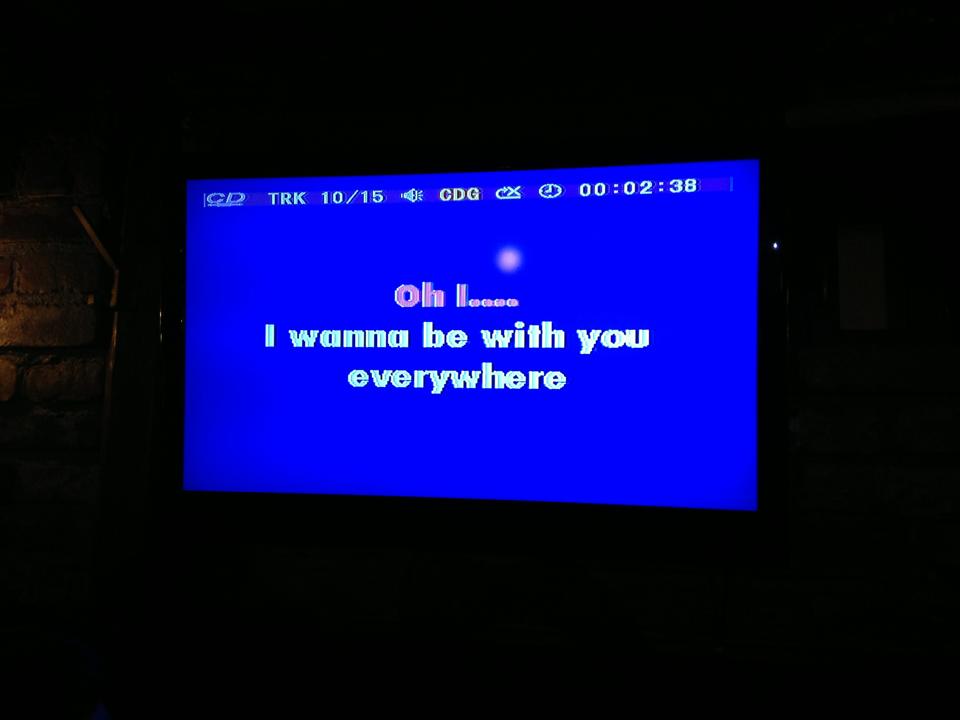Saara Hannus
Vietin kesän Berliinissä työharjoittelussa. Olin paljon yksin, ja suuren osan yksinäisestä ajasta odotin jotain: odotin joko ajan kulumista tai jonkun yhteydenottoa. Halusin olla yhteydessä, yhdessä. Kaipasin yhteisöä. En löytänyt yhteisöä kadulta enkä työpaikalta. En löytänyt sitä deittisivustolta, mutten myöskään näyttelyiden avajaisista. Näin paljon taidetta, jota en todella kohdannut. Tapasin ihmisiä, joita en todella kohdannut. Ajattelin Maurice Blanchot’n kirjaa Tunnustamaton yhteisö (1983) (1) ja yhteyden paradoksia: olemme yksin, koska toisten olemassaolo saa meidät tietoisiksi vajavaisuudestamme. Siksi haluamme olla yhteydessä toisiin. Mutta voiko kaipuuta koskaan korvata täyttymys, vai onko yhteys ja yhdessäolo vain illuusio tai pelkkä pyrkimys? Jos olemme olemassa vain suhteessa toisiimme, miksi kohtaaminen on niin vaikeaa?
Mietin, kuinka taiteella voisi tuoda ihmisiä yhteen ja kuinka kuraattori voisi kuratoida yhteentulemista, tehdä mahdolliseksi yhteisön syntymisen.
Elokuun lopussa lähdin etsimään yhteisöä Turusta taidetapahtuma Antagonista (2). Vierailuni Turkuun osui Antagonin toiselle viikolle, jolloin Titanik-galleriassa asui TODAY, Kuvataideakatemian maisteriopiskelijoiden Megan Snowen ja Maarit Mustosen järjestämä sarja tapahtumia ja kokoontumisia, jotka olivat ”nyt”, ”tässä hetkessä”. Kollektiiviset installaatiot, työpajat, kävelykierrokset ja keskustelut etsivät mielekkäitä tapoja jakaa aikaa, ajatuksia ja voimavaroja. Viikkoa myöhemmin palasin TODAY:n tunnelmiin ja keskustelin Megan Snowen kanssa yhteentulemisesta tekstiviestitse, etäisyyden päässä toisistamme.
***
Saara Hannus (S): Hey Megan, I’m here at the Mustekala party (3). Can we talk about TODAY like this, like texting?
Megan Snowe (M): Ah nice. On my way to a party too. Yup, sounds good.
S: I think parties are important. TODAY was a party too in a way.
 Today
Today
M: A gathering. A series of gatherings. But I hoped for a different kind of intense energy in them. A different kind of presence of mind – reflective, ambitious, constructive plus impulsive.
S: Do you feel that was reached? And did you have other expectations?
M: While planning it I hoped for this kind of energy and I think in many ways we had it. I felt a glow from people. I wasn’t sure totally what to expect because I hardly knew Turku at all, but from what people told me the general attitude of the community is ”sure, why not?” and there’s a willingness to see what happens, which is great when you want to try something new, have a project that depends on flexibility and involvement. There could have been more people there, but quantity wasn’t the first priority. Quality was – so if it was a focused meaningful conversation/meeting of minds for a few, wonderful. That is already a lot.
S: I felt the glow too. How I see it, the point of the event was to bring people to the same place at the same time to be together. I felt like we were together.
M: Cool. That is great to hear. That was definitely the goal of TODAY and Antagon as well I think. I crave that feeling and seek it in my work as an artist. Like a conscious ”together” – not a cheesy, naive, forced one. A difficult one… And then also a ”together” that involves investment. ”Well, we are here together and we are all going to try and figure out what that is.” Then we will build on that. It felt like TODAY was a sketch for more to come. I think it could have flowed better so that it would have been easier to access and provided more instances of contact. When I think back it feels like it was a bit clunky. There are a lot of things I would change for next time. By the way, let’s meet with Reija [Meriläinen] at Good Life Coffee at 13:00 tomorrow [Saturday].
S: See you there! But what do you mean by accessibility? Museums and galleries love to talk about accessibility and openness when in fact they’re only accessible and open to certain people. I think Antagon in general was not even pretending to be accessible and open to all.
M: You’re right. I guess I was thinking mostly about how I articulated the goal of or reasons for TODAY – I think I could have communicated better. But anyway people came who trusted the presence of others, ready for anything to happen, and that is an immensely powerful way to be together.
S: Being together, just being, can be seen as a political project. Do you see this as a political act? Or totally outside politics?
M: I don’t think that you can be outside politics in anything you do as a social being, but I try not to push a political agenda. Question and listen and discuss is the basic structure. A choice to be together, especially in a mutually respectful and challenging way is political in that you become aware of the lives of others with whom you share the world.
 Haves and Needs
Haves and Needs
S: I like how you put it, becoming ”aware of the lives of others”. Does this require physical presence?
M: I think it helps. We are also bodies. Also – how we occupy the physical space we inhabit is political. I am actually really interested in non-physical presence though, but that’s a larger part of other projects.
S: I’ve been told I’m interacting too much with my phone and not being present enough in the physical space.
M: Omg yeah. Similar problem now that I have a smart phone. I have always found being present challenging, which is one of the reasons for the emphasis on shared moments in TODAY. But nearly everyone who came is really active online which only enhances the experience we had in the same space. It extends the connection. Nice. Sharing the time in Turku on Facebook for others to see was special.
S: It was interesting to see how people took their phones out and posted on facebook after (or during) performances, but after Jesse Darling’s workshop (3) that made us give up our social masks and actually be present I didn’t see anyone posting.
M: Hm, interesting. Yeah the workshop was powerful. I was impressed by how quickly we trusted one another. I think the openness and magic at the closing party had a lot to do with how vulnerable we all were in the morning.
S: It’s true. We exposed ourselves to others, to each other. Remember how we talked about wanting to be in love? I guess that was love that happened there. I’ve been thinking about how to facilitate love and coming together as an artist and curator. You put together the program of TODAY with Maarit Mustonen, and your practice was something that’s traditionally understood as the practice of a curator. But these roles and practices have changed. How do you see your role? I remember you using the words ”programming” and ”facilitating”.
M: Thank GOD for Maarit! She is an angel with amazing intelligence and patience. As far as practice, I have no desire to be a curator but I want to instigate, organize and discuss with other people. And I want to build structures, places, opportunities for us all to use. I don’t want to “serve” or think that I know what is best or anything – it is really for selfish reasons because I want to hear about what other people are doing. Anyway, I also collaborate a lot and I’m most proud of the work I have done together with others. For a while I wondered how I could make a discussion an artwork… I didn’t answer your question about role, but I want to make things happen with others that make things happen… I think we will need a form longer than a text to talk that through. Will send more thoughts as they come.
S: Maybe there’s no need to make strict divisions. But is there something in the title ”curator” that feels wrong, that you don’t identify with?
M: The title carries a different kind of authority with it, places you into a different conversation (exhibitions vs. works). In my mind, ”curator” implies a distance from the creation of the work. I know that this is not always the case, but also it feels like ”curator” grants an artist the privilege to be in show whereas artist asks fellow artists to get involved in a larger project. I am sure these differences are becoming obsolete especially on smaller scales. Somehow ”organizer” and ”facilitator” I am ok with – they don’t imply the same power dynamic as the title ”curator”. I would be interested to hear what you think studying curating now. And please don’t get me wrong – I don’t villainize curators.
 Karaoke
Karaoke
S: Haha, I’ve struggled with the same thing. There’s a lot of baggage in that word. Many artists have prejudices towards curators and you can’t really blame them. But at the same time artists have adapted similar ways of working as part of their practice. I’m saying I guess the era of curator as a profession is over since It’s all mixed now. And there’s no need for an authority that gives you the privilege to be in a show when you can just go and do a show yourself. But what the curator can be is a discussion partner that helps you articulate and an organizer that brings people and thoughts together. We just need a new vocabulary, maybe. I don’t know if you remember but I once mentioned that sometimes I feel the words that best describe my practice are ”helper” and ”promo girl”.
M: Haha, yes, I remember. I agree about conversation partners! A good curator is invaluable, formulates connections and conversations. I have close friends who are great curators and have insights, perspective on art world discourses that I don’t, it is a different way of conversing some how – but yeah there are those of us who are in between. We definitely need a new vocabulary and I want to be part of that conversation – the artist-organizer?
S: I just recorded myself, and apparently at the moment I think we could give up these definitions and concentrate on what we’re doing and what we should be doing, what kind of action we want. Words and definitions are interesting, but what really counts is how we act.
M: Oh I so so so agree. Let’s do good work.
S: The focus of TODAY was in what is now, present, at this moment. Now, looking back (like two weeks!), can you see what it was that needed to be done? What was it exactly that was ”now” at that moment? Or are we still too near?
M: We assumed for the most part the audience/participants would be a small group who probably already knew each other, so it was also about HOW are we together now (workshop, critiques, haves & needs, reading group). Plus asking people to share what is interesting to them now in a way that is beneficial to their practice without need for justification (walk, presentations, reading, concert, installations). I think I would have to write more at length to answer your question though. I personally felt a need to open up how we coexist as artists etc, what we need, and how we explore an interest. Then get critical and ambitious about that. Hope we achieved that to some degree. Togetherness felt like now. Other than that I’d almost rather not name it.
S: Yeah maybe we cannot name what is ”now”, but we can try to be there. Thanks for your time and thoughts. <3 See you next week! (1) Blanchot, Maurice (2004/1983). Tunnustamaton yhteisö. Suom. Janne Kurki ja Panu Minkkinen. Helsinki: Loki.
(2) Kimmo Modigin kuratoima Antagon (lolnoei.tumblr.com/) Turussa 21.-31.8.2013. TODAY (today2daytoday.tumblr.com) oli osa Antagonia 28.-31.8.2013.
(3) Ensimmäinen viesti lähetettiin perjantaina 6.9.2013 kello 21:03 Helsingin Mariankadulta verkkolehti Mustekalan 10-vuotisjuhlista.
(4) Taiteilija Jesse Darlingin Be Here Now or Whatever -workshop TODAY:ssa 31.8.2013.
Saara Hannus opiskelee Kuvataideakatemian Praxis-maisterikoulutuksessa ja Megan Snowe on maisteriopiskelija Kuvataideakatemia tila-aikataiteen koulutusohjelmassa.